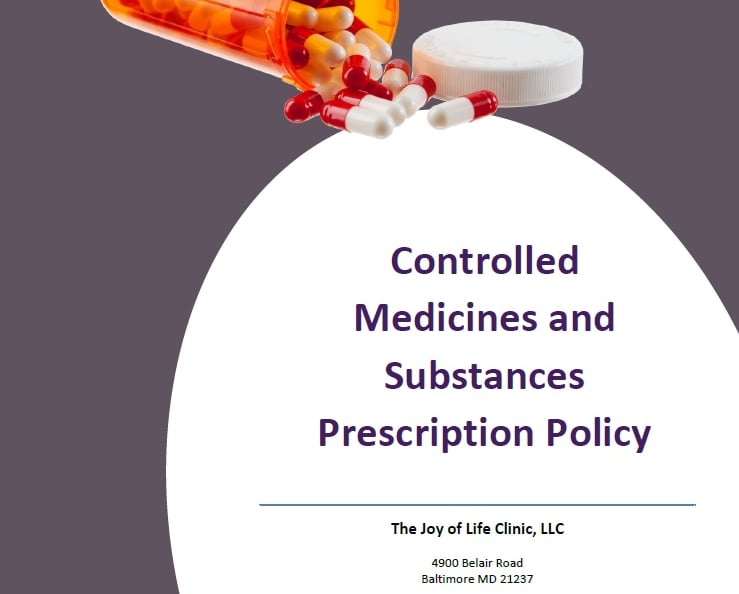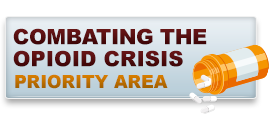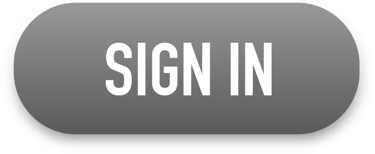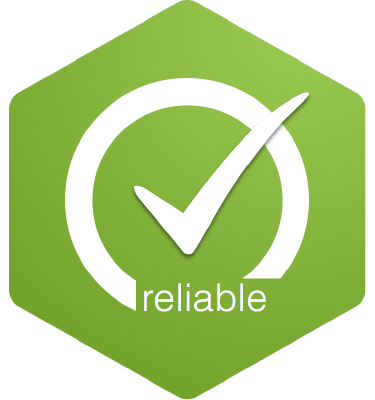
Who We Are
Schedule V Drugs
Schedule V drugs, substances, or chemicals are controlled drugs that contain limited quantities of certain narcotics and may be medically necessary, and with the following characteristics.
Potential for abuse: LOW (lower than Schedule V drugs)
Potential for severe psychological or physical dependence: LOW (lower than Schedule V drugs)
Some examples of Schedule V drugs are:
Cough preparations with less than 200 milligrams of codeine or per 100 milliliters (e.g., Robitussin AC)
Lomotil
Motofen
Lyrica
Parepectolin.
The above list is not exhaustive. There are numerous other substances that fall or could fall under Schedule V.
Our policy regarding Schedule V Drugs:
Per regulation, WE CAN prescribe, dispense, or administer these drugs Schedule V drugs for medical needs and under the right conditions.
Possible side effects of Some Schedule V Drugs and Substances:
Here are some of the side effects associated with a few Schedule V drugs:
Cough Preparations with less than 200 milligrams of codeine per 100 milliliters (e.g., Robitussin AC): These can cause mild drowsiness, dizziness, nausea, vomiting, and constipation. Despite being less potent, they can still lead to addiction and misuse if not taken as prescribed.
Lomotil (Diphenoxylate and Atropine): Similar to Lomotil, side effects include dry mouth, dizziness, drowsiness, and blurred vision. It can also lead to headaches and nausea.
Lyrica (Pregabalin): Used for nerve pain and seizures. Typical side effects include dizziness, sleepiness, confusion, blurred vision, weight gain, and difficulty concentrating. There is also a risk of dependency with long-term use.
Parepectolin: Contains kaolin, pectin, and small amounts of belladonna alkaloids, used to treat diarrhea. Side effects might include constipation, dry mouth, and, in large doses, the anticholinergic effects of belladonna (such as urinary retention, blurred vision, and dry skin).
.
Again, even though Schedule V drugs have a lower potential for abuse, they can still cause side effects and carry the risk of addiction if not used according to prescription. Patients need to follow our instructions when using these medications.
Our Prescription Drug Monitoring Policy
Our policy follows the CDC's PDMP guidelines to reduce the risk of drug overdose.

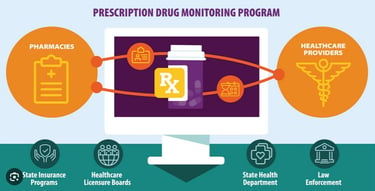
The landscape of marijuana is rapidly changing, with national movements pushing for its legalization and its medical use showing remarkable outcomes in a host of treatments. Also, there's a growing perception that marijuana transcends the traditional label of a "drug" and is viewed instead as a beneficial ally in medical therapy and even for recreational use.
Despite these shifting attitudes and the positive embrace of medical marijuana, it's essential for our patients to understand our critical regulatory reality. Under DEA guidelines, we remain restricted from prescribing, dispensing, or administering any substance listed as a Schedule I drug, which includes marijuana. This legal boundary shapes our practice and the services we can offer, even amidst evolving societal and medical perspectives.
So, under DEA guidelines, we are unable to prescribe, dispense, or administer marijuana (or cannabis or its other names).

Psychiatric evaluation and management
Other psychiatric and mental health reports.
Substance Abuse
We also provide these administrative services
Here're addiction problems we treat
Other nutrition and weight management services.
And we provide nutrition and weight management services to make your well-being even more complete
Don't let life's challenges define you—or your loved one—we are here to help you overcome and thrive!
Here're psychosocial and psychosomatic issues we treat
We operate under the laws and regulations of the State of Maryland as a Maryland outpatient clinic.

Home | About Us | Our Services | Blog | Terms & Conditions | Privacy | Telehealth | Forms & Resources | Appointments | Log In | Site Map | Contact Us
BY APPOINTMENT ONLY | NO WALK-IN
BEST WAY TO CONTACT US
Sign In to your account or Fill out the Contact Form or Appointment Form
or
Send us an Email at admin@jolclinic.com
Tel: (410) 231-3118 | Fax: (410) 262-6911
PATIENT RECORDS
To request your patient records, please sign in or go to the patient records information page.
Copyright © 2024 by the Joy of Life Clinic LLC.
4900 Belair Road
Baltimore MD 21206

